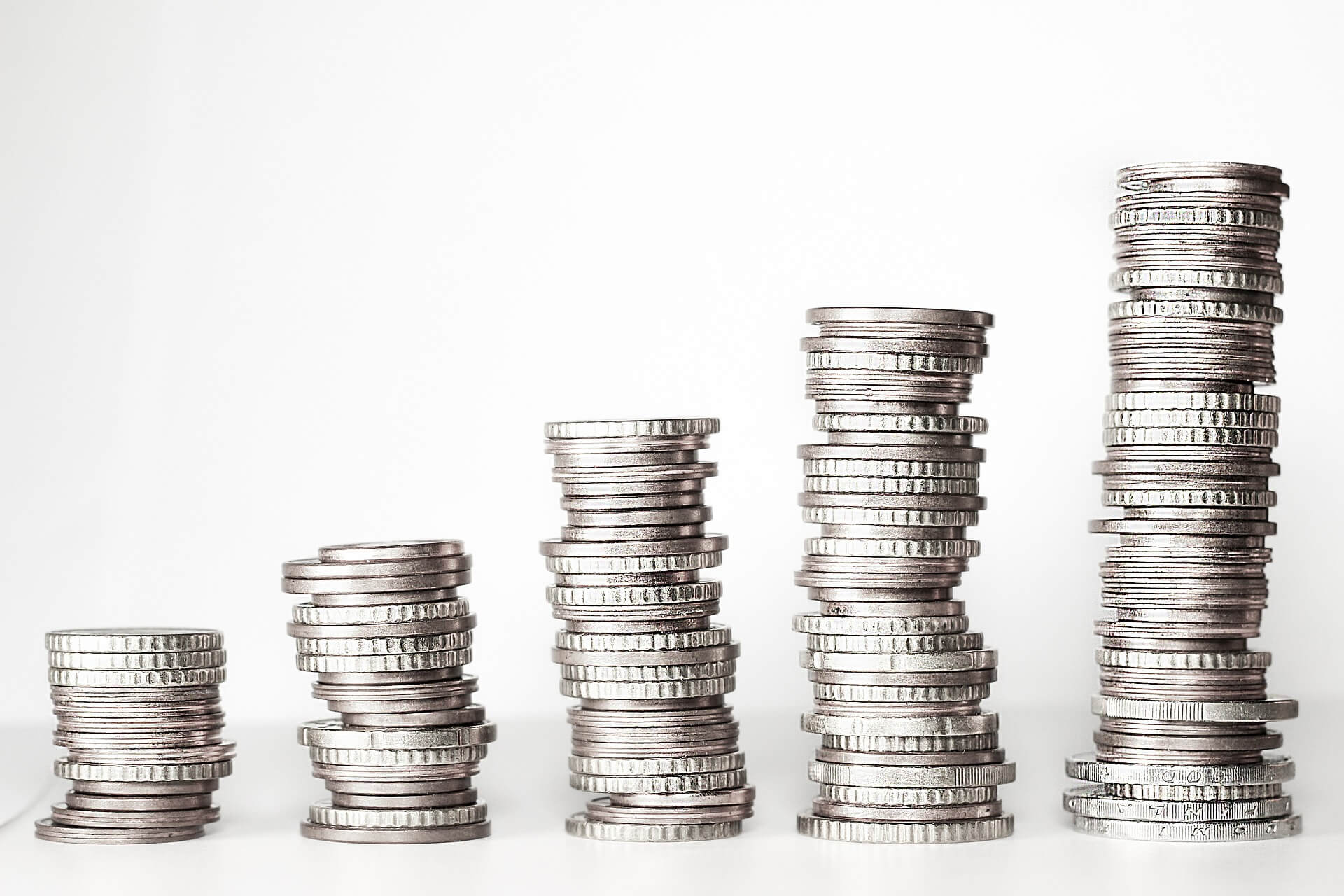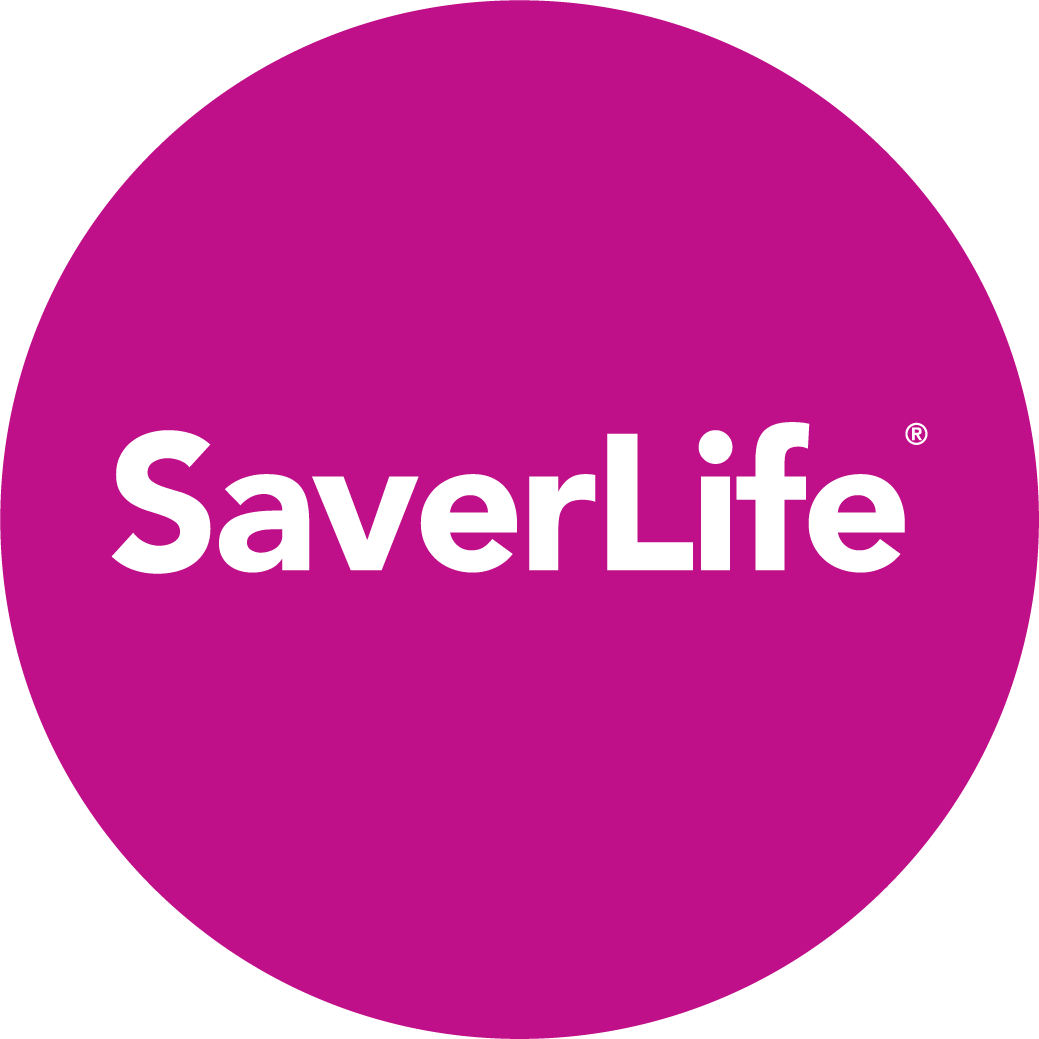The 10 Budget Categories No Personal Finance Plan Should Go Without

If you’re just getting started with budgeting, you may be wondering where to begin.
Setting your budget up with the right budgeting categories can help you track spending and properly set aside for saving. These are categories for frequent expenses.
While some categories may be more important than others, getting an accurate picture of your spending as it relates to your lifestyle is the first step in creating sustainable saving habits.
Each budget is different, but there are some similarities that you might notice across most people’s spending. In this guide, we’ll be covering different kinds of budgeting categories that you can include in your saving plan and how to approach each one.
Fixed expenses
There are payments you make month-to-month that don’t change, we call these fixed expenses. Fixed expenses include things like rent, utilities, insurance, and more. They usually take up a larger chunk of your necessary costs.
Fortunately, because they typically happen on a schedule at a set amount, fixed expenses are pretty simple to budget for! Let’s go through some common fixed budgeting categories and how to approach them.
1. Housing
Housing costs are the most obvious fixed expense to take into account. Your monthly rent or mortgage payments are expenses you need to make in full at the correct time, so you should plan these costs carefully. There are some other hidden housing costs to include in this category, like homeowners association fees or renters insurance.
We’ve all heard from landlords that we should earn three times what we pay in rent. However, it’s easy to oversimplify this percentage; 30% is much different between renters that make $200,000 a year and renters who make $20,000 a year.
Rental burden is something that many people face.
If you’re paying more than 50% of your income for rent alone, you may want to consider reassessing your living situation. Looking for a more affordable apartment is the best way to go, but if that’s not possible, you can cut costs by getting a roommate to move in or by renting out extra space you have. Our SaverPerk Neighbor makes it super easy to make extra cash by renting out the unused space in your home where your neighbors can store things. Sign up for SaverLife to get access to more Saverperks.
2. Utilities and subscriptions
Some other expenses will hit your account at a scheduled time, like utility bills and subscriptions.
Some utilities, like internet or garbage, are a fixed amount, but the others, like electricity and gas, will vary month to month. To budget for those more finicky utilities, take a look at what you normally pay on average and set that aside. If you want to be extra safe, take the highest amount you’ve been billed and budget that in.
You should also take a look at all your subscriptions (if you’re not borrowing accounts from friends and family).
Individually, subscriptions may seem affordable, but totaled up, they can be a serious expense. Prioritize the subscriptions that you use daily, and consider canceling subscriptions you don’t use as often until you can more easily afford them.
3. Insurance
You don’t want to be put in a situation where you’re responsible for the full cost of a car repair or medical procedure.
Insurance can be expensive, but it’s better to prepare for the unexpected. That doesn’t mean you can’t consider the types of insurance you need, though.
Depending on how many types of insurance you have—home, auto, health, life—you may be paying more or less than average. This also is dependent on what kind of coverage you have.
Remember to shop around for the best insurance rates possible, ask agents about discounts, and be on the lookout for assistance programs if they are needed.
You can always adjust your deductible amount to help you save on your premium, especially for plans you think you may not always make the most use of. Assess your coverage needs and risks carefully before making these decisions.
A common rule of thumb is to set aside 10% of your budget for insurance, but you can decide if that number is right for you based on your needs. You might be able to take advantage of rising subsidies if insurance is too much for you to handle, and be sure to check out SaverLife for SaverPerks, which can help you save on insurance.
4. Healthcare
Aside from health insurance, other healthcare costs may emerge. You may need to visit a doctor, receive medication, update your eye prescription, or stop by your dentist’s office.
While they may not be emergencies, unexpected health expenses do crop up. It’s always a safe bet to be prepared for emergencies.
Try setting aside 5-10% of your income for an emergency fund. You may not use this every month, but it’s certainly nice to prepare for the unexpected.
This depends on your health circumstances, especially if you’re dealing with a chronic illness or disability. Other parts of your budget can be adjusted to accommodate this budget category.
5. Transportation
We’ve all got places to go, people to meet, and things to see.
Especially if you own a car, a “transportation” category in your budget is a must. Cars come with frequent, fixed costs: car payments, gas, and even parking.
For car owners, set aside your car payment each month, along with your average expenses on gas, insurance, and parking. Try to find averages when you do this to help make an accurate estimate.
For public transport, consider getting a transit pass. While these can be larger costs up front, they’re typically more affordable in the long run because you save on individual fares. Depending on how much you need to use public transit, you can decide if a week or month pass is right for you.
Treat ride shares as a luxury, as they can be very expensive. If you take advantage of these apps too often, it can take a toll on your saving efforts. Try to carpool instead, it’s a lot cheaper to split gas with a friend than to pay through an app!
6. Food
Spending on food can vary a lot, but you can get a good idea of what you normally spend by saving receipts or checking statements. Each month, total up the money you spent at the grocery store and restaurants to calculate an average. Having an average amount to work with will give you a great reference for food spending.
For many, cutting back on food-related expenses is a go-to when budgeting. Some small adjustments can go a long way. Eating out less, shopping at different grocery stores, or keeping an eye out for coupons before grocery shopping can significantly cut costs.
Remember, though, your health is a priority, and you don’t need to sacrifice it in the interest of saving.
There are plenty of money-saving meals out there, and meal prepping or shopping in bulk can help you avoid the need for frequent visits to the grocery store.
When choosing between name-brand or generic, opt for generic, as a price tag doesn’t necessarily equate with a higher quality product.
Just like ride shares, treat ordering in as a reward for your hard work. Food delivery apps can make eating out even more expensive because of extra delivery costs, so if you do choose to eat out, try to pick up or eat in.
Variable or adjustable expenses
Now that the hard stuff is out of the way, you can start to think about fluctuating expenses or variable costs. These are expenses that frequently happen, but the costs may change from month to month.
7. Maintenance and homecare
Have a category for general maintenance, including expenses on things like lawn care and cleaning. Extra money here is not a bad thing, especially if it helps you prepare for the unexpected, like appliance repair.
This part of your budget might also be used for gradual renovation, additions to your home, new furniture, etc.
8. Entertainment and personal expenses
Personal expenses are a necessary category for you to factor in. You’re not a robot, and your budget shouldn’t treat you like one. A healthy budget should comfortably fit into your quality of life.
While going out or traveling may be a luxury, it doesn’t need to be removed from your budget completely.
Put some money aside for date night on the weekends or weekend trips with your family. This category allows you to shop and spend and reap the benefits of your hard work.
Go ahead, treat yourself!
9. Holidays and special occasions
Your budget should also factor in special events and occasions. Some are on the calendar, others are a little more spontaneous. Think birthdays, Halloween costumes, or upcoming weddings.
Having a bucket fund for when these events are on the horizon means that you can actually enjoy special events rather than worrying about how they’ll affect your finances. Try to sit down with your calendar and think about what crops up around that time of year.
Here are some things you may plan for:
- Back-to-school shopping
- Christmas gifts and decorations
- Birthdays
- Valentines day
- Thanksgiving dinner
10. Savings and debt payment
You’re the star of the show when it comes to your budget, so make sure you pay yourself first with a personal savings category.
Setting aside a regular monthly amount for your savings helps you build it up quickly. These saving goals can be adjusted based on your needs, though.
However, if you have debt to repay, this amount may be fixed. Making the minimum payment to your credit card will help you get by, but you’re not going to make any progress that way. Give yourself the appropriate leeway to pay off your debt each month so you can be debt-free ASAP.
SaverLife rewards you for setting money aside, regardless of which budgeting categories you use
Need a little help with saving? You’re not alone! SaverLife is an app that rewards you as you save. Each time you put a little cash into that emergency fund, you’ll earn points that you can turn in for even more cash.
SaverLife isn’t just here to reward you (though we love doing it). We’re also a resource for you! We want our members to be financially resilient, and we’re always looking for new ways to help you succeed. Our SaverPerks Program offers perks for even more ways to save. Interested in getting started? Sign up for SaverLife now!

SaverLife is a nonprofit organization dedicated to helping people improve their financial health. Through savings challenges, personalized tips, and trusted resources, we empower people to build stronger financial futures.
